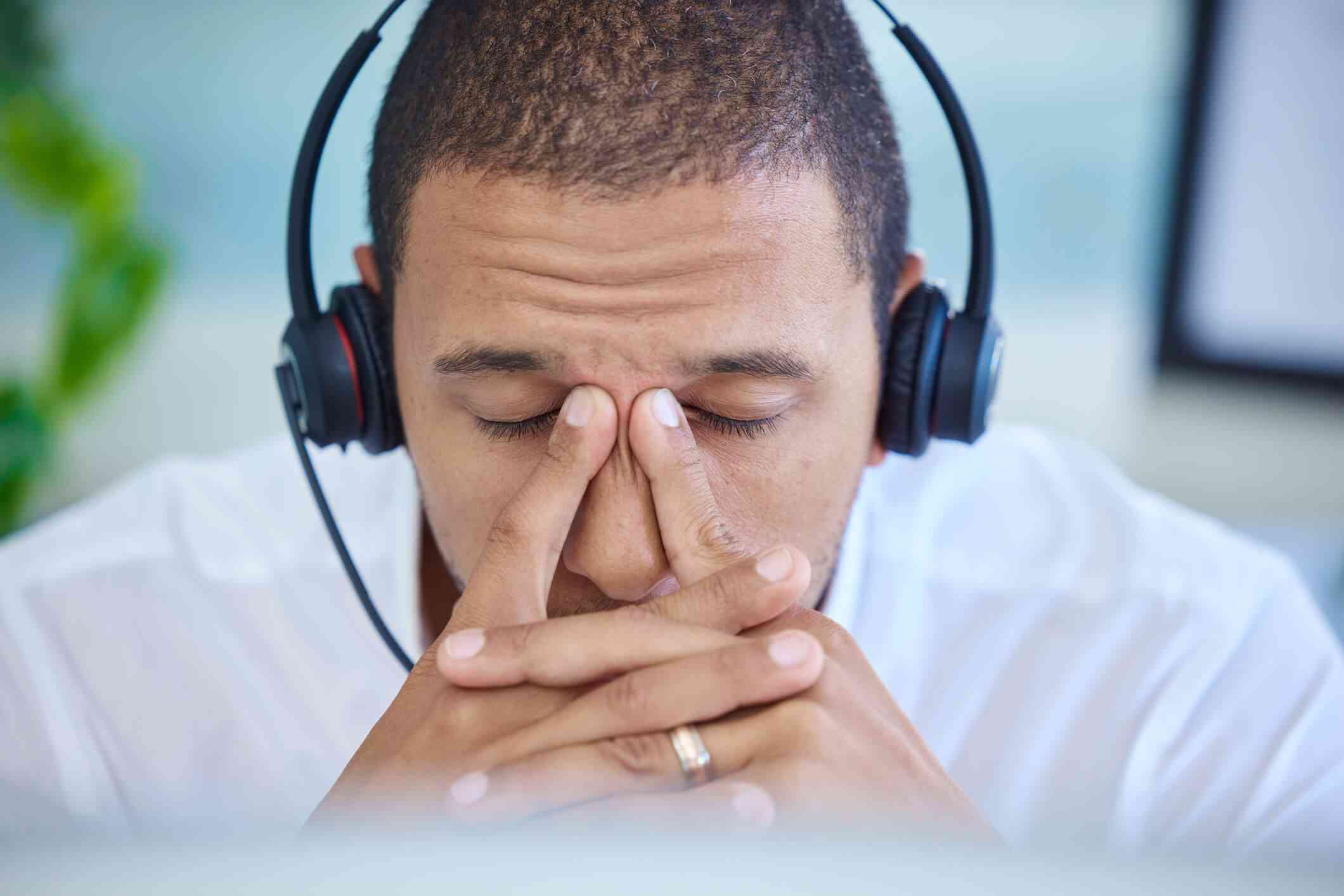Is Your Cell Phone Dangerous to Your Health?
Be honest have you ever been so glued to your phone that you nearly walked straight into someone? Or maybe tripped over a curb while texting? Don’t worry, you’re not alone. Most of us have had that moment of embarrassment, muttering “I’ll be more careful next time”… right before diving back into our notifications.

But here’s the thing: new research suggests those little slip-ups might actually be part of a much bigger issue—head and neck injuries linked to cell phone use.
What the research found
A study looking at 20 years of hospital data across 100 U.S.

And when you break it down, the numbers tell an interesting story:
Where it happens: Around 40% of these injuries occurred at home.
How it happens: About half were “direct injuries” (think: a phone falling on your face while scrolling in bed, or even rare battery explosions). The other half were “use-related,” like tripping while texting or crashing while distracted.
Who it happens to: Kids under 13 were more likely to suffer direct hits, while teens and adults tended to get hurt from distraction.
When it’s most dangerous: Roughly 10% of the injuries happened while driving, 7% while walking, and a smaller percentage while actively texting.
How bad is it? The majority of injuries were minor cuts and bruises, but about 18% were serious including traumatic brain injuries.
And get this: the number of cases has skyrocketed since 2007 aka the year the iPhone launched.
Should you be worried?

Here’s some perspective. Even though 76,000 people have been treated for cell phone-related head and neck injuries in the past two decades, that works out to fewer than two injuries per 100,000 phone users per year. So while the risk is real, it’s not exactly epidemic-level.
Still, the study didn’t cover everything. It only looked at emergency room visits—not doctor’s office or urgent care cases so the actual number of injuries is probably higher. And it didn’t track long-term health outcomes, which means we don’t know how serious some of these injuries turned out to be.
The bigger picture
Phones aren’t going anywhere. They connect us, keep us safe in emergencies, and even help us live healthier lives (hello, step counters and meditation apps). But they also come with risks we don’t always think about: distracted driving, tech neck, and yes, the occasional clumsy accident.
So maybe we do need a little mental warning label:
Don’t text and drive.
Don’t scroll and stroll (especially at crosswalks).
And maybe don’t hold your phone over your face in bed unless you’re ready to risk a broken nose.
At the end of the day, our phones are powerful tools. But like anything powerful, they work best when we use them wisely.
So if you’re reading this on your phone while walking down the street, consider this your sign: look up.
What's Your Reaction?




















